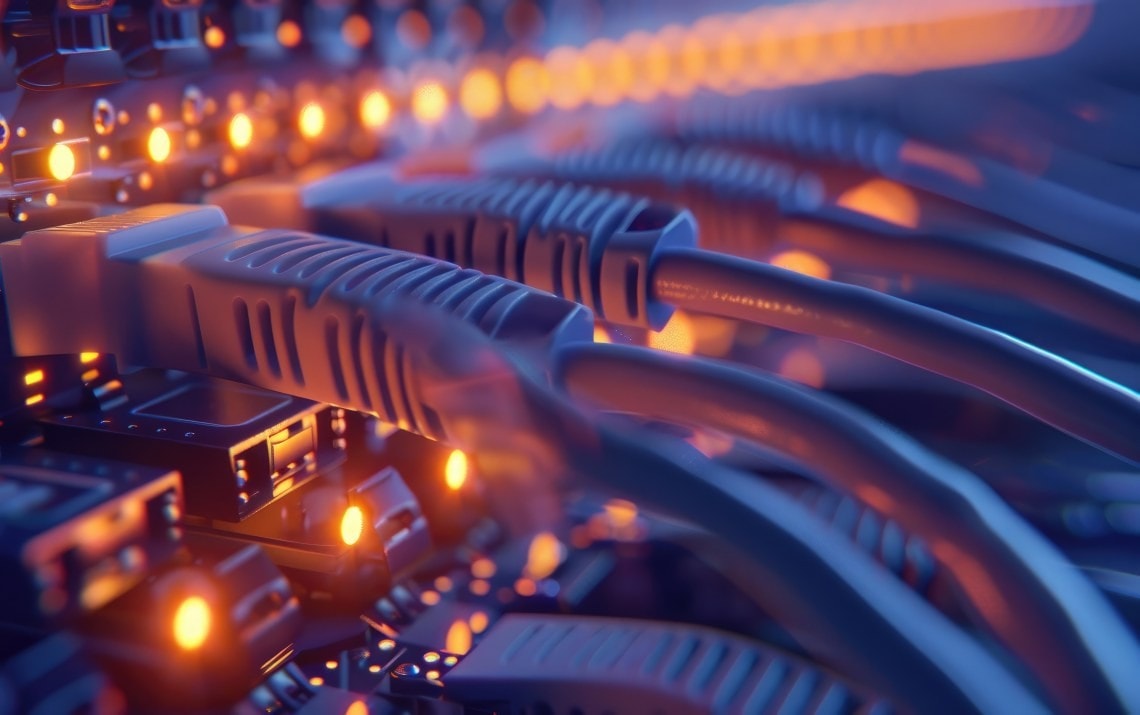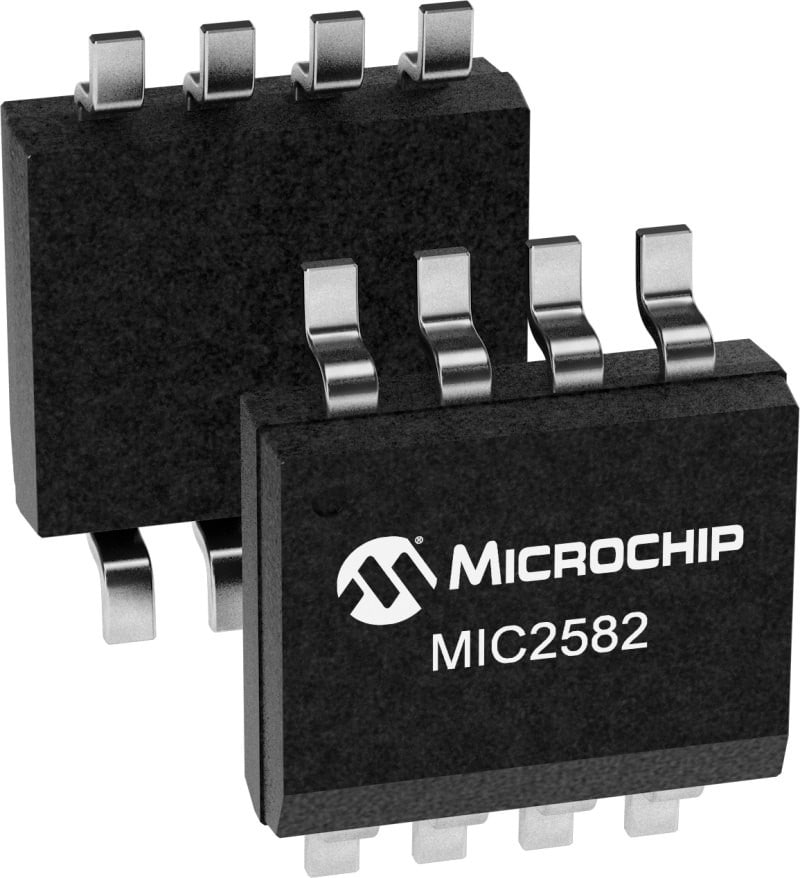Live Chat
Need Help?
Privacy PolicyRobust and Optimal Hot-Swap Solutions
Hot-swappable power management controllers play a crucial role in safeguarding the integrity of your system's electronic loads during hot-swappable operations. These controllers are designed to manage the insertion and removal of components without shutting down the entire system, which enables continuous operation and minimizes downtime.
Our robust hot-swap controllers are equipped with a range of protection features that include overcurrent protection, short-circuit protection and thermal shutdown. These features prevent damage to both the system and the components being swapped, enhancing the overall reliability and longevity of your electronic systems.
Additionally, our controllers provide smooth turn-on functionality during hot plug-ins. As a result, when a new component is inserted, the controller gradually ramps up the power to prevent sudden inrush currents that could potentially harm the system. This smooth power-up process enables safe operation and reduces the risk of electrical stress on the components. Overall, our hot-swappable controllers provide seamless and safe component integration, optimizing system performance and extending the lifespan of your electronic infrastructure.


MIC2582
Single-Channel Hot-Swap Controller
Save board space and protect the integrity of your system with the feature-packed and space-saving MIC2582. Available in an 8-pin SOIC-8 and 16-pin QSOP, this hot-swap controller covers the most important protections needed in power supply environments such as inrush current limiting, output voltage slew rate control and circuit breaker functionality.
Similar Devices
Key Features and Advantages

Enhanced Flexibility
These controllers enable the use of hot-swappable boards, which can be easily added or removed as needed, to provide greater flexibility in system design and maintenance.

Improved Safety
With built-in protection features, these controllers ensure safe operation during hot-swap events, which protects both personnel and equipment.

Increased System Reliability
By managing power transitions smoothly, these controllers reduce the risk of damage to both the system and the hot-swapped device, enhancing overall system reliability.

Minimized Downtime
By allowing for the replacement or addition of components without shutting down the entire system, these controllers minimize operational downtime.

Simplified Maintenance
These controllers facilitate easier and quicker maintenance and upgrades, as components can be swapped without powering down the system.